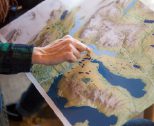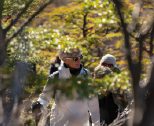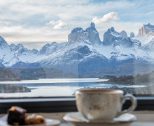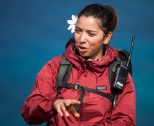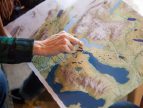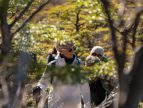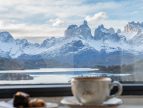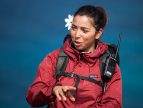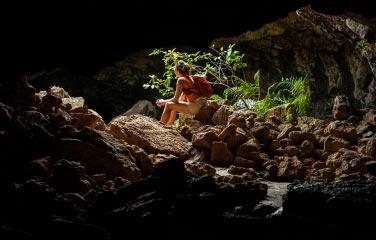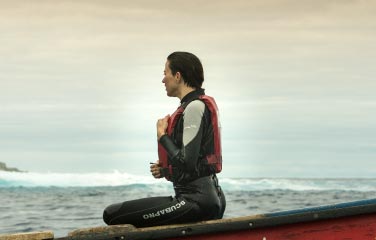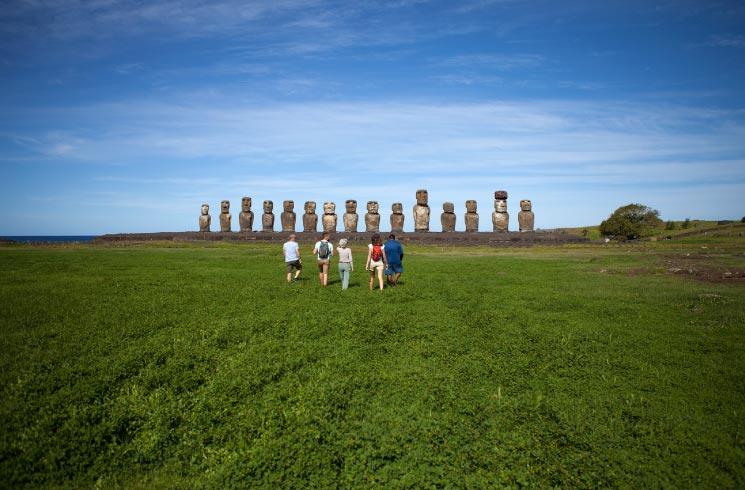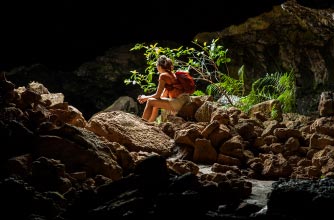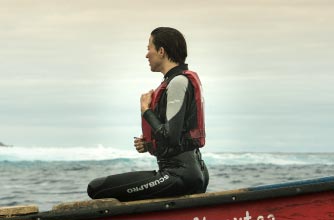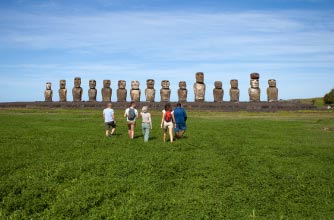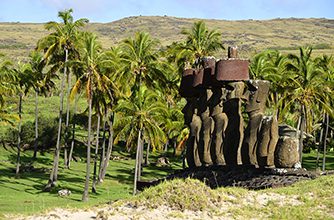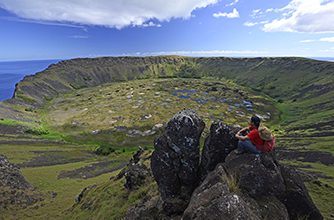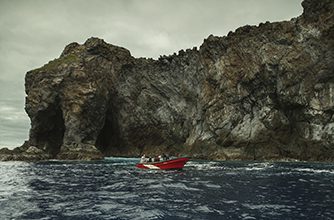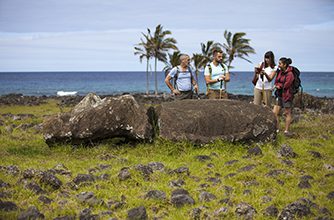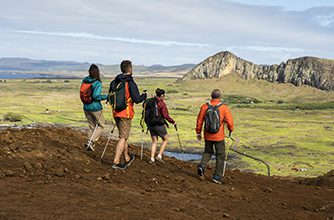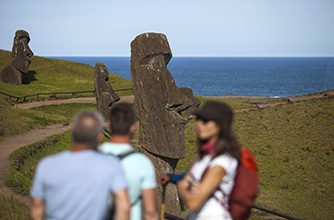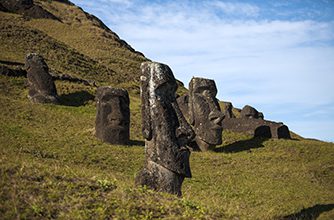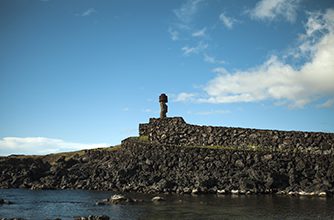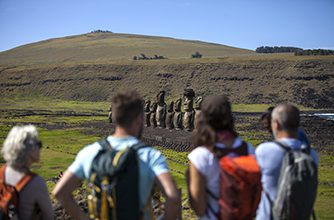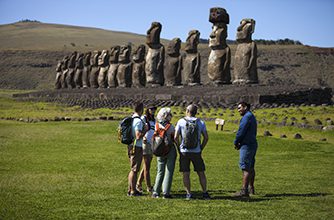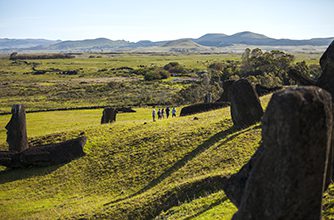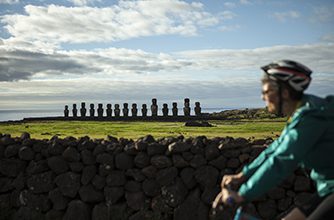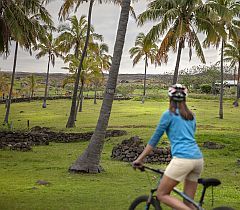





Explora Guides
Our explorations in Easter Island are always led by a bilingual local guide trained at our Explora Guide School, fluent in English or Spanish for groups of up to 8 travelers.
Our guides have an unyielding passion for the great outdoors. Through first-hand experience, they’re each acutely aware of the fragility behind the landscapes we explore and are therefore avid advocates for their conservation.
Through each of our carefully crafted explorations, they seek to unveil the territory’s essence, allowing you to go beyond the surface and delve deeper into untouched nature.
Each day, one of our guides will gladly help you choose the right exploration for your interests and provide further information on each zone.
The Areas We Explore
At Explora, there are over 30 different guided hikes, bike rides, snorkeling and scuba diving explorations to immerse yourself in Easter Island. All our explorations are in small groups, have difficulty levels ranging from easy to expert, and have different durations, half day or full day.
1. Poike
1. Poike
2. The South
2. The South
3. Lava Flows
3. Lava Flows
4. Rano Kau
4. Rano Kau
5. Miru
5. Miru
6. Hotu Iti
6. Hotu Iti
7. Moana
7. Moana




